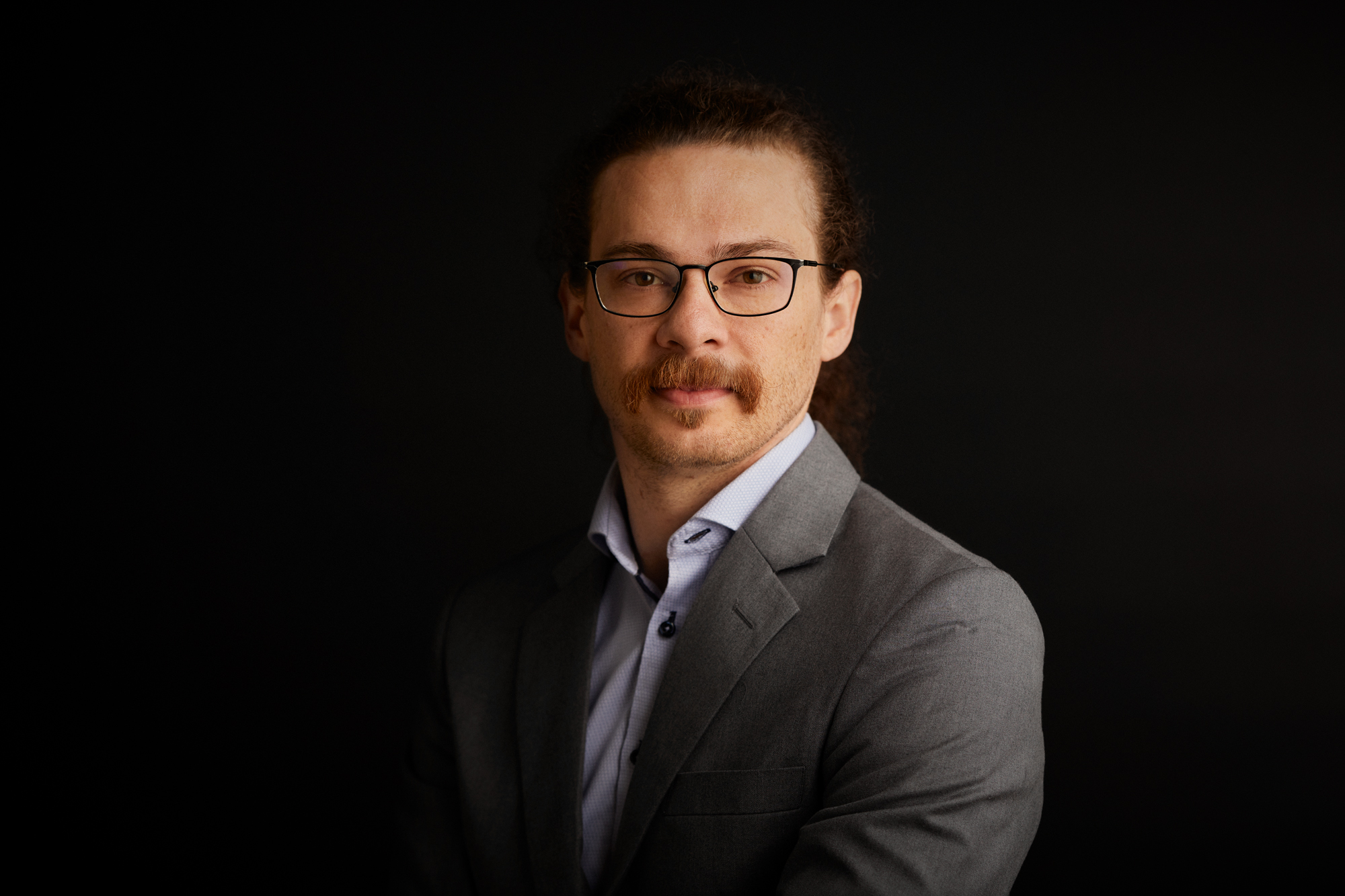Daniel John d'Orazio
Research leader

Project title
Unraveling Mysteries of Supermassive Black Hole Pairs: Searches meet Simulations
What is your project about?
Almost everything we have learned about the Universe comes from observations using the electromagnetic spectrum — light. The light from distant galaxies, stars, our own Sun. Six years ago this changed when, for the first time, we observed the universe via a completely new messenger, gravitational waves: ripples in spacetime sent out by the most extreme of gravitational events. These events are the collisions of black holes. The detection of gravitational waves from black hole mergers has opened a new window on the Universe that is allowing us to ask new questions about the astrophysical environments that create these extreme events and the very nature of the colliding black holes. While gravitational waves are presently being detected from black holes with masses that are a few, to a 100 times the mass of our Sun, we also know that supermassive black holes, with masses ranging from 100 thousand to 10 billion times the mass of our Sun, exist at the centres of galaxies, and these should also come together and merge. The gravitational waves from these supermassive mergers have not yet been detected, but ongoing and planned experiments may detect them in the coming years. This project is developing the theoretical tools needed to maximise this coming era of gravitational wave discovery. Specifically, we will be developing models of how these supermassive black hole binaries interact with their environments in galactic nuclei and how this facilitates their paths towards merger, and how this could light them up in the electromagnetic spectrum, providing a multi-messenger view of these behemoths. Ultimately this will lead to a greater understanding of the mutual growth of supermassive black holes and their galaxies over cosmic time, and our rapidly evolving view of the gravitational wave sky.
How did you become interested in your particular field of research?
I think many people are fascinated with the night sky, which leads to asking big questions about the Universe and our place in it. I am one of those people, and I have been lucky enough to have family, mentors and teachers who have helped me to realise a way to ask those questions for a living. Plus Star Trek, of course.
What are the scientific challenges and perspectives in your project?
Supermassive black holes reside at the centres of almost every galaxy in the Universe, and we know that galaxies themselves collide. An open question is then, if galaxies with supermassive black holes collide, do the black holes come together and merge too? How? The answer to this is significant for interpreting the gravitational wave sky and understanding the growth of black holes and galaxies over time. However, we haven’t yet detected these Supermassives drawing close to each other on in-spiralling orbits (with any messenger), and they are notoriously hard to identify using regular light. A challenge that this project will tackle is in finding unique signatures by which to identify supermassive black hole binaries. We will do this by modelling the interaction of the binary with the gas that accompanies the black holes in galactic nuclei. If we can identify members of the population of supermassive binaries this way, then we finally learn from the demographics.
What is your estimate of the impact, which your project may have to society in the long term?
This research will help prepare for a growing and exciting new field: gravitational wave astrophysics. Interestingly, this work is also important for models of the interactions of gas around binary stars and the planets that form around them. So while useful for gravitational wave astrophysics, the results will also have an impact on adjacent areas of astrophysics. On a larger scale, this research is in the realm of astrophysics, and advances here are important for our ever evolving view of the Universe — I hope this plays a small part in that evolving view.
Which impact do you expect the Sapere Aude programme will have on your career as a researcher?
Besides the honour of having the significance of this project be recognised by the DFF, the Sapere Aude will allow a drastic enhancement in progress through resources that will be used to bring more researchers onto the project. I hope that this will more rapidly bring coming discoveries that seem now to be sitting just over the horizon, and will allow me to continue growing a group dedicated to this work.
Background and personal life
I grew up in rural Pennsylvania, where I learned to play and listen to bluegrass music, go fishing and hiking, and appreciate the night sky. Since then, I have lived in Zurich, New York City, Boston, and now Copenhagen with my partner Hannah. We are enjoying exploring Scandinavia, its culture, its history and are working on our Danish.
View all research leaders here
Research institution
University of Copenhagen
Research field
Astrophysics
City of your current residence
Copenhagen
High school
Central Columbia High School, Pennsylvania, USA
